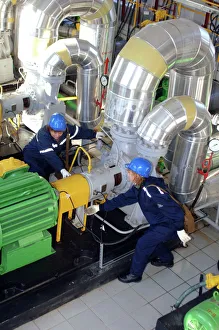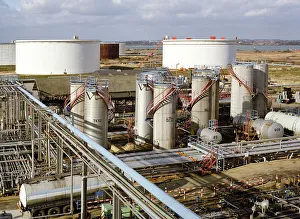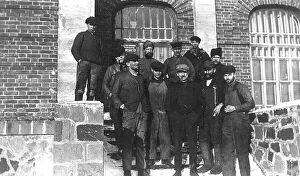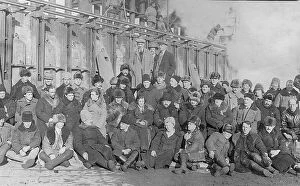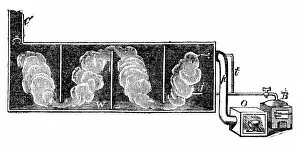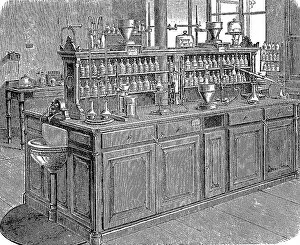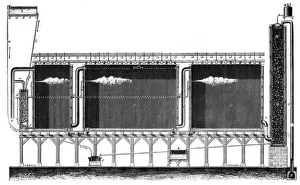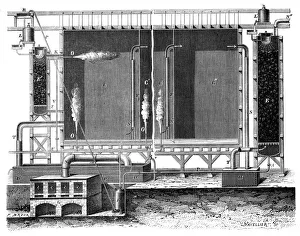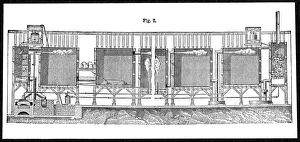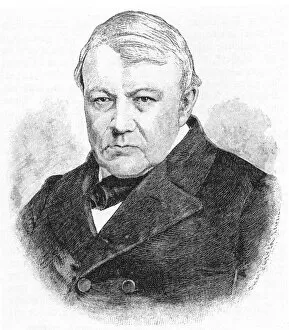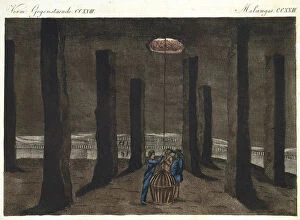Chemical Industry Collection
The chemical industry has always been a fascinating and dynamic field, with countless stories to tell
All Professionally Made to Order for Quick Shipping
The chemical industry has always been a fascinating and dynamic field, with countless stories to tell. In this captivating journey through time, we catch a glimpse of the rich history and diverse aspects that make up this ever-evolving sector. In 1957, female employees at ICI gather together for a joyous dance in South Yorkshire. The artist Michael Walters beautifully captures their spirit and camaraderie, showcasing the inclusivity within the industry. The armorial of the Worshipful Company of Salters reminds us of the long-standing traditions and prestigious heritage associated with chemicals. It symbolizes excellence and expertise that have been passed down through generations. Gas compressor servicing highlights the importance of maintenance in ensuring smooth operations within chemical plants. These intricate machines play a vital role in facilitating various processes involved in production. Speaking of production, storage tanks at chemical plants stand tall as silent witnesses to countless innovations and breakthroughs. They hold within them raw materials or finished products ready to be distributed across industries worldwide. Venturing beyond borders, we find ourselves at Haifa petrochemical plant—a testament to global collaboration and technological advancements. This facility serves as an example of how different nations come together to meet growing demands while prioritizing sustainability. Traveling back in time, we step into Leipzig's chemical laboratory from 1880—an era where scientific discoveries were being made on every corner. This digitally restored reproduction allows us to appreciate the dedication and meticulous work carried out by chemists during those times. Delving further into history takes us to 1866 when lead chambers were used for sulphuric acid production—a significant milestone that revolutionized industrial chemistry forever. Such inventions paved the way for future developments within the field. However, it is not all about progress; sometimes challenges arise alongside growth. The banana boom depicted in "Cash and Chemicals" showcases how success can bring both blessings and curses—highlighting environmental concerns linked with increased demand for agricultural chemicals.




